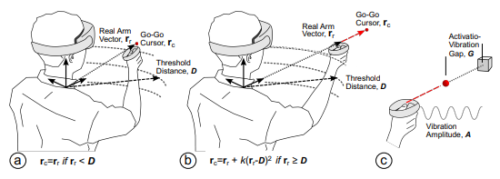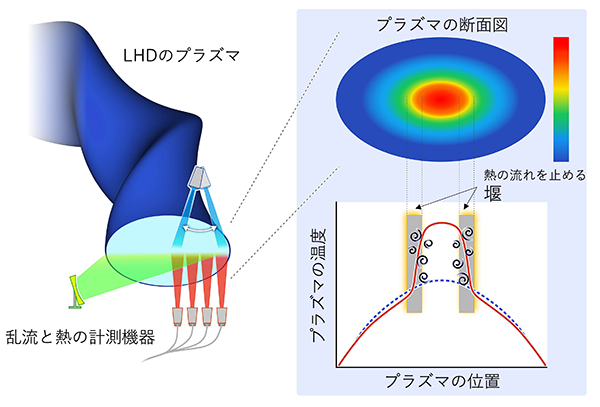2022-05-19 フィンランド・アールト大学
Oulasvirtaたちは、アルゴリズムを使ってデザイン空間を探索するコンピュータ支援方法をテストしました。
ケンブリッジ大学の共同研究者とともに、研究者たちは、バーチャルリアリティを実験室として、設計に対する従来のアプローチと支援アプローチを比較することに着手した。研究チームは、デザイン空間を探索し、有望な解決策へと導く機械学習の手法であるベイズ最適化を採用しました。ベイジアンオプティマイザーを人間とのループに入れ、人間がパラメータの組み合わせを試す。
オプティマイザーを使うことで、設計者はより良い設計を思いつき、より少ない労力でより多くの解決策をカバーすることができるようになりました。その一方で、彼らの創造性や成果に対するオーナーシップは低下してしまいました。
<関連情報>
- https://www.aalto.fi/en/news/designers-find-better-solutions-with-computer-assistance-but-sacrifice-creative-touch
- https://dl.acm.org/doi/10.1145/3491102.3501850
インタラクション技術設計のためのHuman-in-the-Loop最適化の正と負の特性検討 Investigating Positive and Negative Qualities of Human-in-the-Loop Optimization for Designing Interaction Techniques
Liwei Chan,Yi-Chi Liao,George B Mo,John J Dudley,Chun-Lien Cheng,Per Ola Kristensson,Antti Oulasvirta
ACM Digital Library Published: 27 April 2022
DOI:https://doi.org/10.1145/3491102.3501850

ABSTRACT
Designers reportedly struggle with design optimization tasks where they are asked to find a combination of design parameters that maximizes a given set of objectives. In HCI, design optimization problems are often exceedingly complex, involving multiple objectives and expensive empirical evaluations. Model-based computational design algorithms assist designers by generating design examples during design, however they assume a model of the interaction domain. Black box methods for assistance, on the other hand, can work with any design problem. However, virtually all empirical studies of this human-in-the-loop approach have been carried out by either researchers or end-users. The question stands out if such methods can help designers in realistic tasks. In this paper, we study Bayesian optimization as an algorithmic method to guide the design optimization process. It operates by proposing to a designer which design candidate to try next, given previous observations. We report observations from a comparative study with 40 novice designers who were tasked to optimize a complex 3D touch interaction technique. The optimizer helped designers explore larger proportions of the design space and arrive at a better solution, however they reported lower agency and expressiveness. Designers guided by an optimizer reported lower mental effort but also felt less creative and less in charge of the progress. We conclude that human-in-the-loop optimization can support novice designers in cases where agency is not critical.



